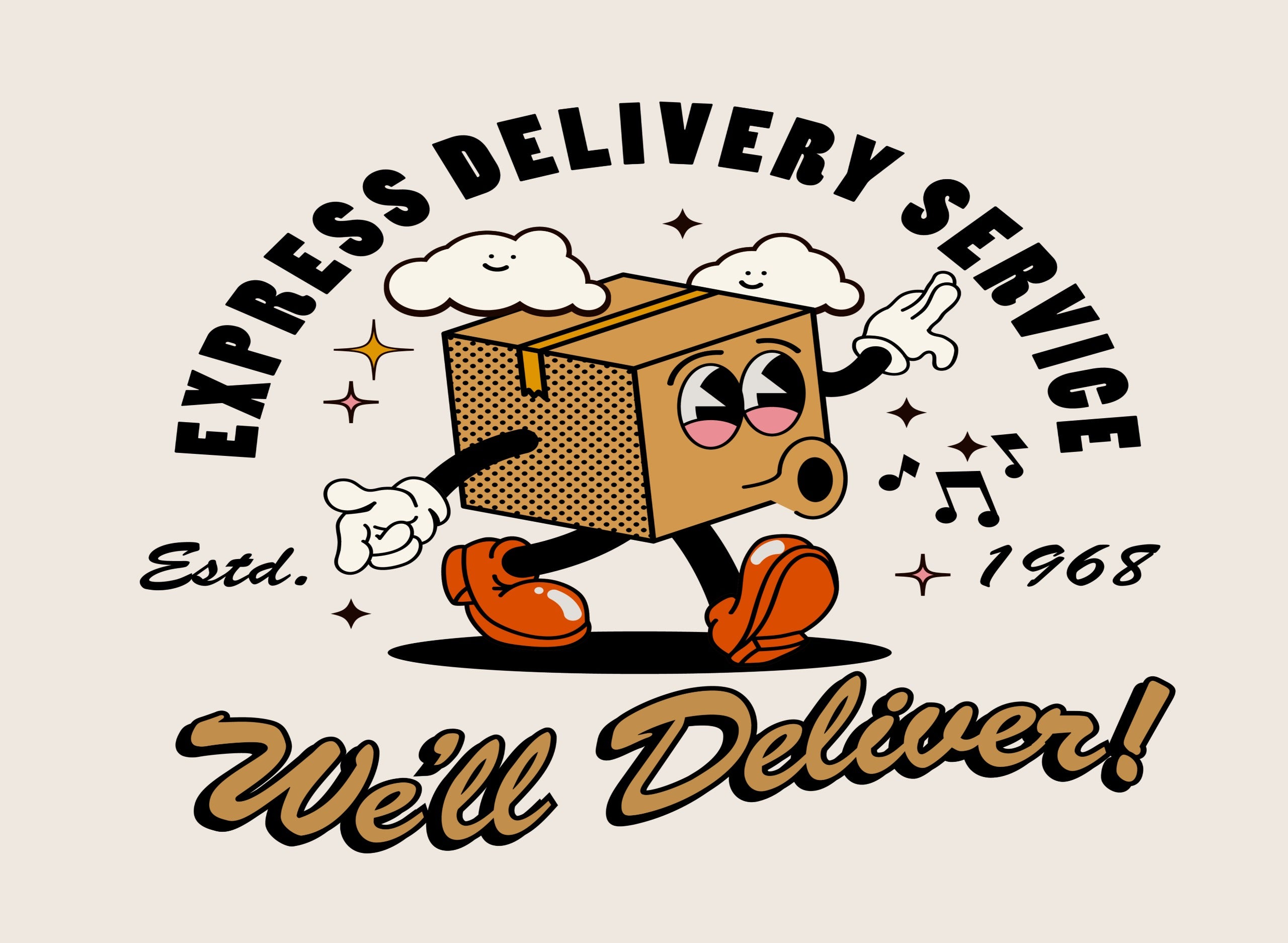Today’s market dynamics highlight the importance of packaging in influencing product success. As the first point of contact, packaging effectively bridges the consumer-brand interaction, becoming a vital element in the buyer’s journey. A distinctive and appealing package not only uplifts the product’s perceived value but also becomes a critical element in drawing consumer interest and sealing the deal.
However, visual allure is no longer enough. Contemporary shoppers desire a more immersive encounter, an engagement that transcends conventional aesthetics to foster a deeper emotional connection. This shift paves the way for interactive packaging, which offers a more engaging and dynamic consumer experience beyond the surface level of design.
What is Interactive Packaging?
Interactive packaging represents a sophisticated strategy employed by brands to engage customers with both the product and its packaging. This approach transforms the package into an interactive platform, offering consumers an array of engaging activities that extend beyond simple visuals. From wine bottles with creative “connect the dots” labels to innovative boxes designed to be repurposed into clothes hangers, interactive packaging transforms ordinary unboxing into an engaging, memorable experience. Consequently, this highlights the quality and thoughtfulness of the product within.
Types of Interactive Packaging
Augmented Reality
Utilizing augmented reality in packaging brings a semi-virtual experience into the real world, elevating product interaction through enriched, digital data layers. When consumers use a specific app to scan the packaging, they reveal immersive experiences embedded in the design, including interactive games or augmented reality features, thereby enriching the overall consumer experience.
QR Codes
Quick Response codes act as an efficient conduit to digital resources, leading consumers toward websites or apps loaded with comprehensive details about the product, instructions, or unique promotional campaigns. This clever packaging approach simplifies access to information, deepening the consumer’s connection with the brand.
Inclusive Packaging
Inclusive packaging is aimed at creating an accessible user experience for everyone. It contains features like braille labels, allowing impaired individuals to gather product information independently. This thoughtful design approach promotes inclusivity, enabling a broader audience to engage with products.
Multi-sensory Packaging
By stimulating multiple senses, multi-sensory packaging provides a rich, immersive interaction through touch, sound, or scent features. The goal of this packaging approach is to draw in consumers’ focus and make the product more noticeable in a crowded marketplace.
Benefits of Interactive Packaging
Brand Differentiation
In the competitive environment of a saturated market, interactive packaging serves as a standout feature for brands, providing exceptional and memorable experiences for consumers. This differentiation is critical for securing consumer attention, enhancing brand loyalty, and demonstrating a brand’s creativity and technological prowess.
Enhanced Consumer Engagement
Interactive packaging transforms consumer interaction with the product, promoting active participation and building a deeper emotional connection with the brand. This increased engagement extends beyond the initial purchase, cultivating loyalty and encouraging repeat purchases.
Valuable Product Information
Beyond mere aesthetics, interactive packaging serves as an educational tool, providing comprehensive product information. From freshness indicators to recycling instructions, this approach enriches the consumer experience and maximizes the product’s utility.
Potential Drawbacks of Interactive Packaging
While interactive packaging offers numerous benefits, it also encounters obstacles, especially when it comes to environmental preservation. The intricate combination of materials and technologies can complicate recycling processes, highlighting the need for eco-conscious design in interactive packaging options. Brands are tasked with finding a middle ground between cutting-edge design and environmental stewardship, aiming for packaging solutions that are both captivating and kind to the planet.
Conclusion
Interactive packaging represents a transformative era in consumer engagement, promising an augmented experience that traditional packaging methods cannot match. In the pursuit of blending groundbreaking design with environmental ethics, interactive packaging demonstrates the evolving bond between consumers and products. Through the adoption of this engaging form of packaging, businesses can forge stronger ties with their audience, pioneering a new standard for consumer interactions within the digital sphere.














Leave a comment
All comments are moderated before being published.
This site is protected by reCAPTCHA and the Google Privacy Policy and Terms of Service apply.